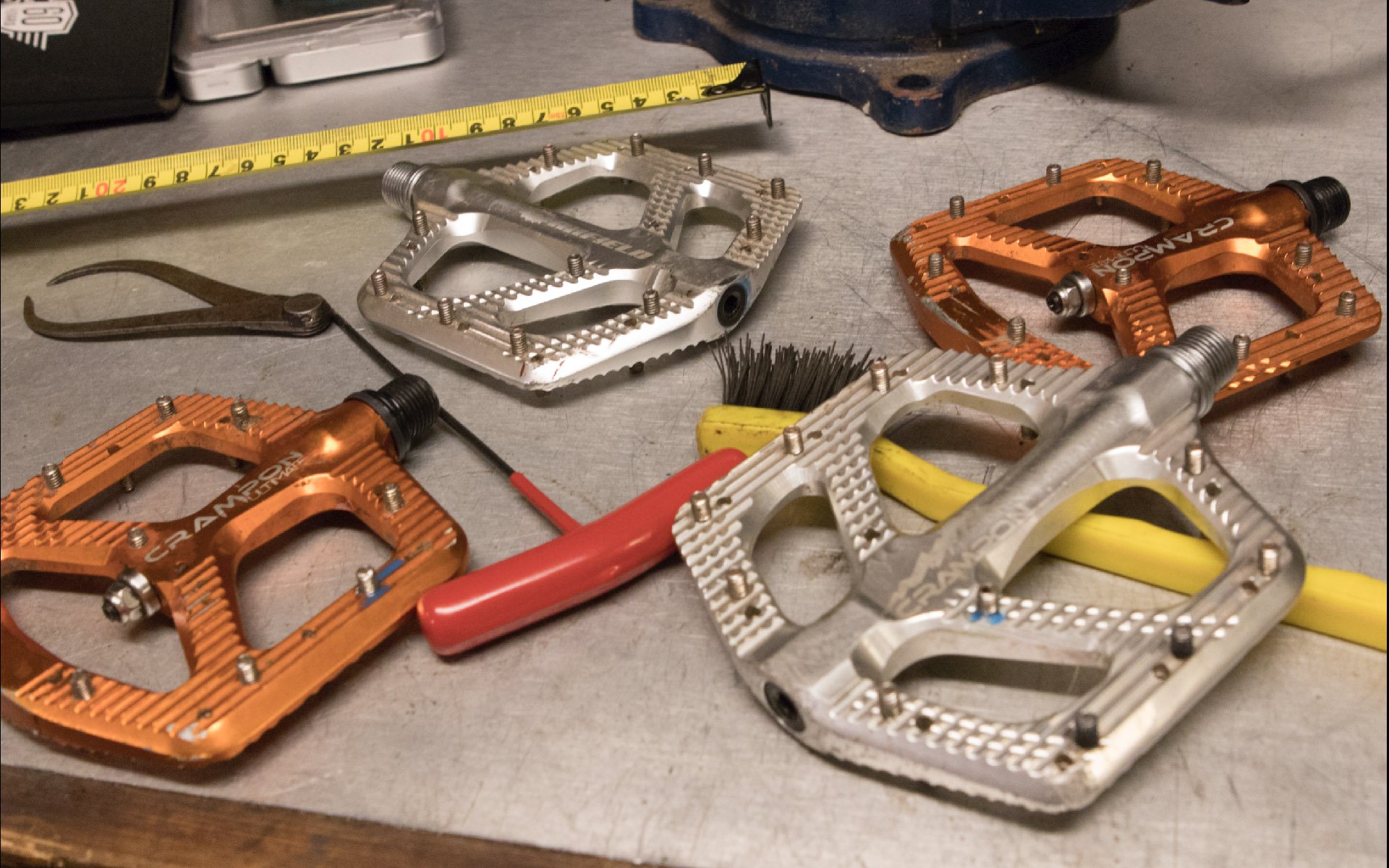
Review and Teardown
Canfield Crampon Ultimate and Mountain Flat Pedals
Slipping a pedal can put you in a spot of bother if you ride challenging trails. Dangling a foot down one of Squamish's infamous rock faces or over a huge A-Line table (unintentionally) will likely leave you a little put out. Flat pedal riders are justifiably fussy about traction, but stuffing a pedal into a rock or root can produce equally calamitous results. Some riders want black hole-level grip while most, by my reckoning, want to be able to re-position a foot when it moves from the sweet spot without sitting down. It's a fine balance.
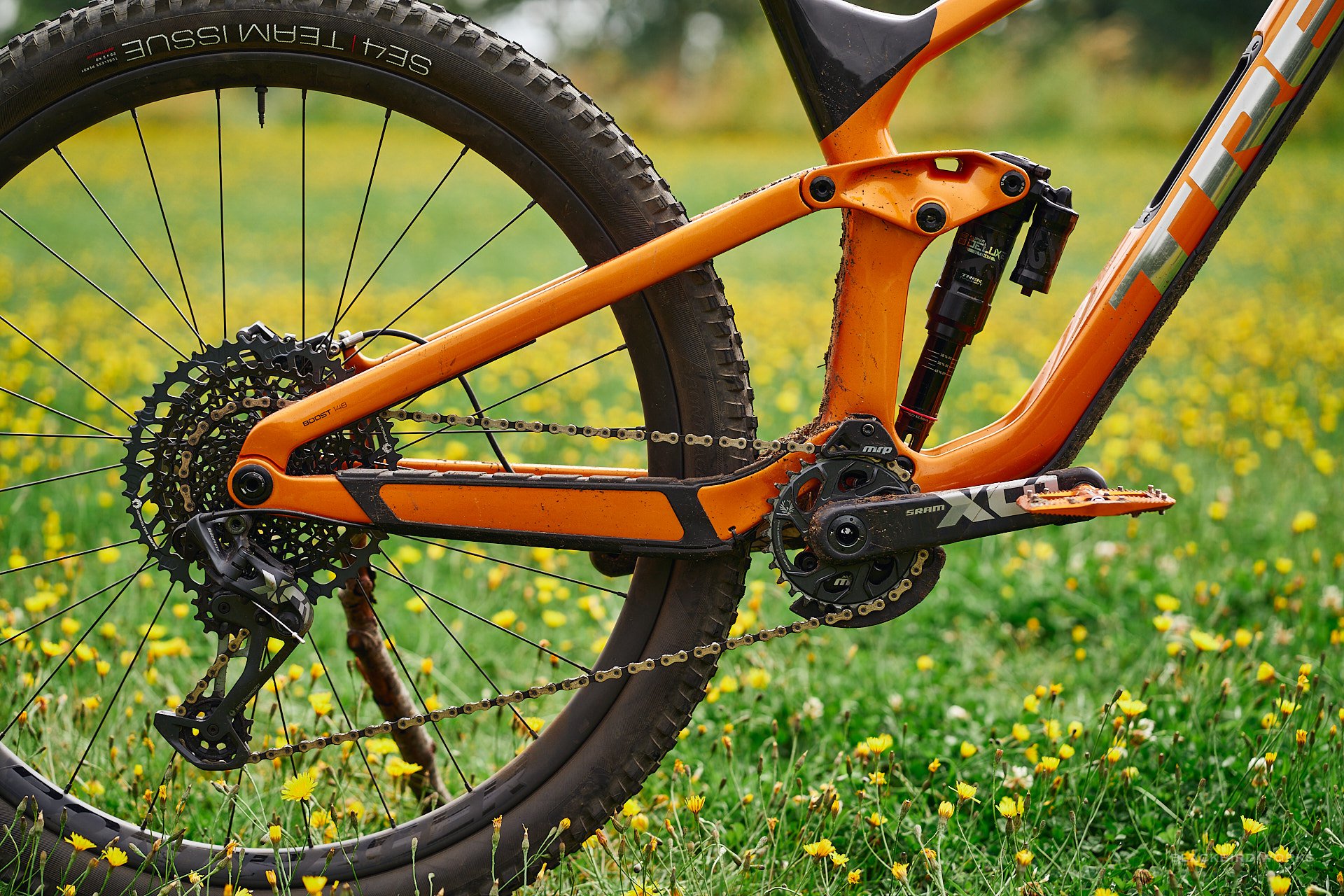
The Ultimates were an irresistible match for the Trek Slash. Photo - Deniz Merdano
Finding your sweet spot often takes some trial and error. If your combo of shoe and pedal has too much or too little grip, it can be difficult to correct. Altering the number or height of pins can move the needle some, but you are pretty much stuck with the soles of the shoes you've just bought, so you'd better nail your pedals.
Canfield's Crampons were born of on-track necessity according to Lance Canfield; "Bike geometries were getting lower and lower and my brother and I were racing a ton and having my brother snag his pedal on a race run and launch himself over the bar, it was just like, there's gotta be a better way."
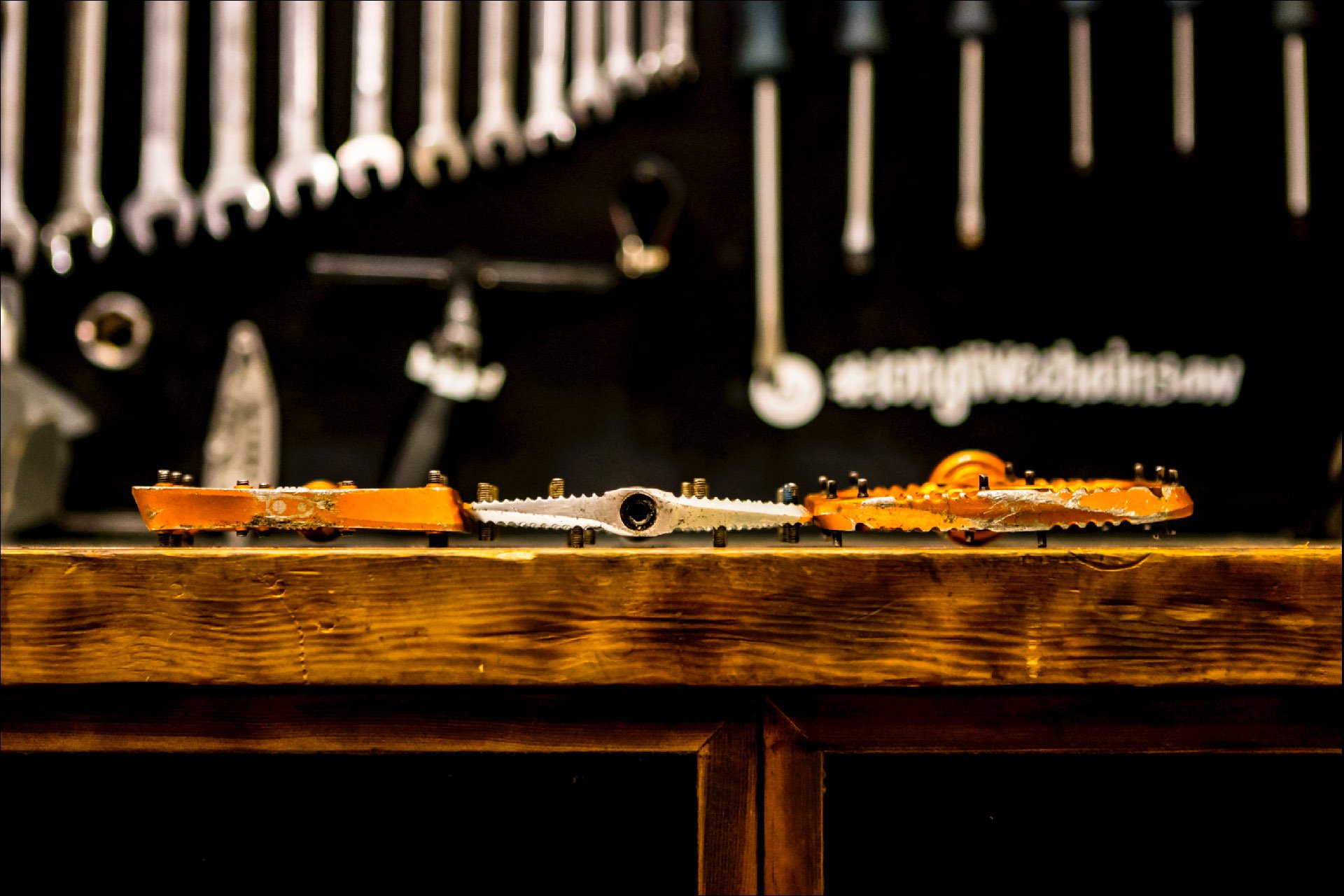
The Crampon Mountain (middle) compared to OneUp (right) and Crankbrothers (left). The OneUps have some convexity as well but it's less pronounced than the Canfields. In this photo I have the 10mm pins installed so the overall width will be a significant 4mm smaller with the stock 8mm versions. Neither of the other pedals would be considered thick, but the Canfields are very thin.. Pins install from the backside and can be easily removed as a result. I thought I has broken one off and damaged the threads but it has sheared cleanly and was easily replaced.
That way was to throw out the conventional wisdom of the flat or concave platform pedal. Lance continued; "I like my foot to stay planted, but not overly. So I like to be able to shuffle my feet occasionally, you know, like you put it out in the corner, you put it back on, but you're not quite there. And I want to be able to shuffle slightly get it where I want."
So the dual goals of a thinner pedal and grip that is solid but manageable led to the unconventional shape; "it gives you a little more float because it's matching the shape of the arch of your foot. And so when it's concave, you're standing on it and that tip and tail, those pins are just stabbing into the arch of your foot, with extra pressure."
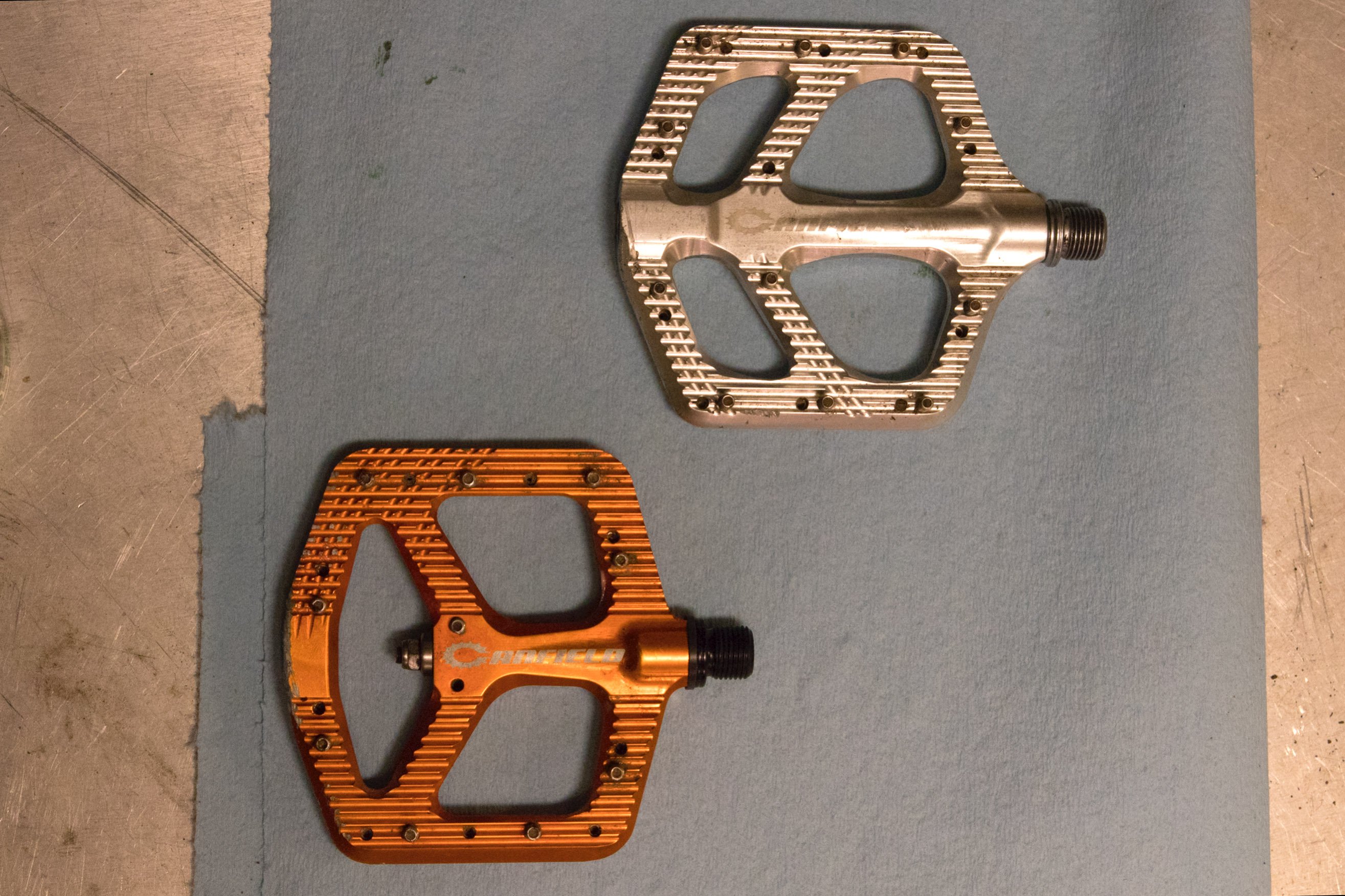
Both pedals will set you back 150 USD but there are several differences between the two. Ultimates (in orange) are 344g per pair while Mountains are 404g. Ultimates have one fewer pin per side with two rather than three on the trailing edge. The outboard thickness of the mountains is slightly larger at 14mm vs 11mm for the Ultimates. Both measure slightly less than 6mm on their leading and trailing edges, where it counts most.
This all sounded reasonable and while it made conceptual sense to me even before talking to Lance, I remained a little skeptical of the convex shape. It's pretty clear that when a flexible shoe rests on a pedal during a descent, with the ball of the rider's foot placed on top of or slightly ahead of front edge of the pedal, it's going to arch over the pedal surface rather than conform to any concavity. Many if not most noteworthy pedals have been concave for BMX types, dirt jumpers, and mountain bikers since before 29ers were a glimmer in the eye of either Gary Fisher or Gary Klein, so how could there be nothing to the idea?
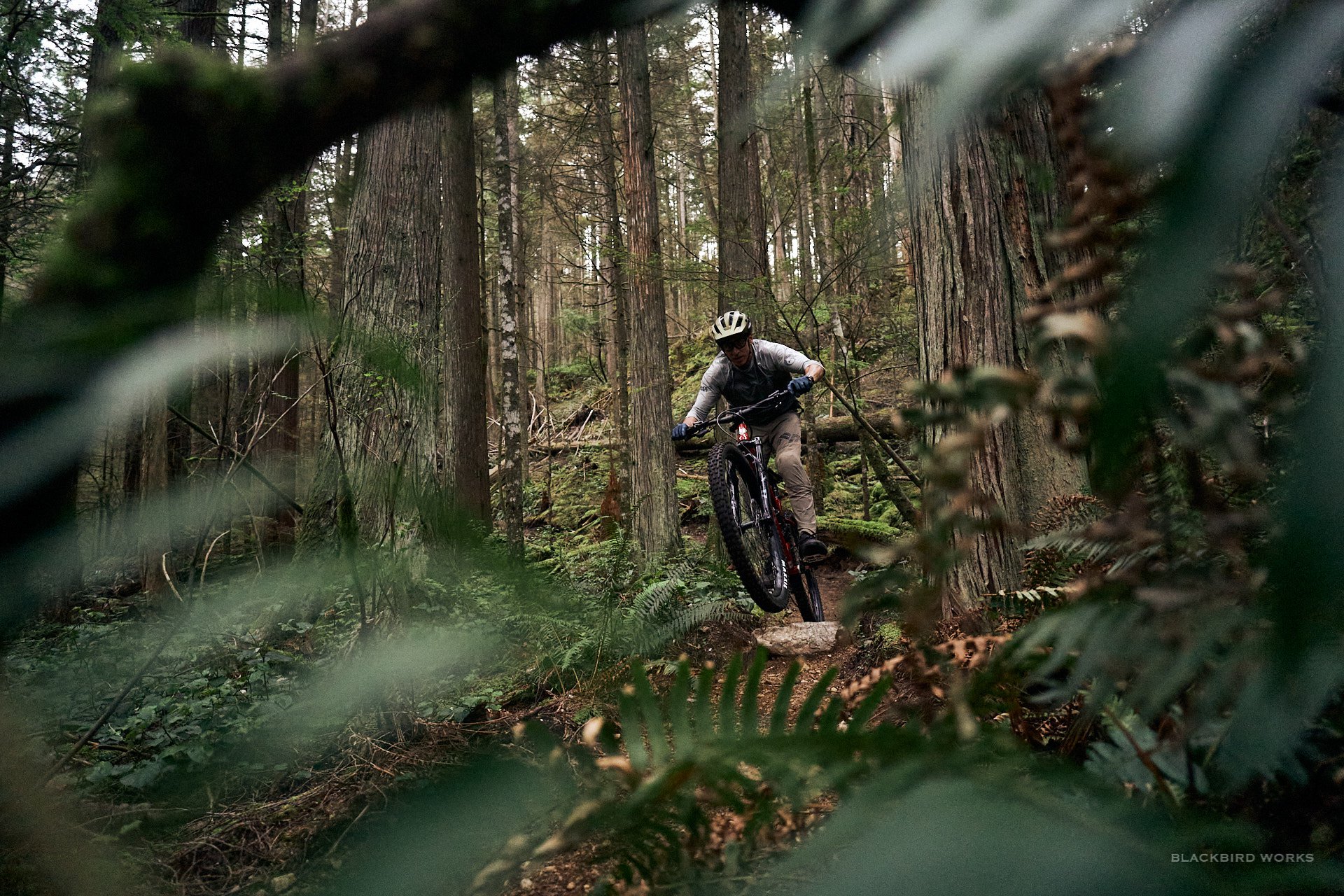
An excellent pedal/shoe interface is even more important on a hardtail. Early on I had Crampon Mountains on the Kona Honzo I've been testing, but now I'm on a set of Kona WahWahs.
I've been testing the Crampons with a number of different shoes, and with pin options that no longer exist, but which allowed me to tweak the grip for the sole of the shoe I was on at the time. It used to be that Canfield put both 8mm and 10mm pins in the box and one pair of pedals I was sent came with both while the other came with 8mm only. Using the somewhat harder rubber of the Ride Concepts Livewire, the grip was decent with short or long pins, but with the softer rubber of their Powerline, I could only manage the grip I wanted with longer pins. I found some extras in my parts cabinet and put long pins in both sets for a long stretch.
Canfield decided to discontinue the longer pins because they compromise clearance and. are more prone to damage, either being bent, cleaved or worse, torn out of their threaded hole. Lately I've been on Specialized's new 2FO shoes and Fiveten's Trailcross models (reviews on both to come) and for these shoes, the shorter pins provide more than adequate grip and and are easier to reposition without the longer fangs. I may continue to mess around with some combination of the two lengths in the future (and see how things are without centre pins at all) to see if I can find an even sweeter spot. To be clear though, Canfield doesn't even sell the longer pins at this time.
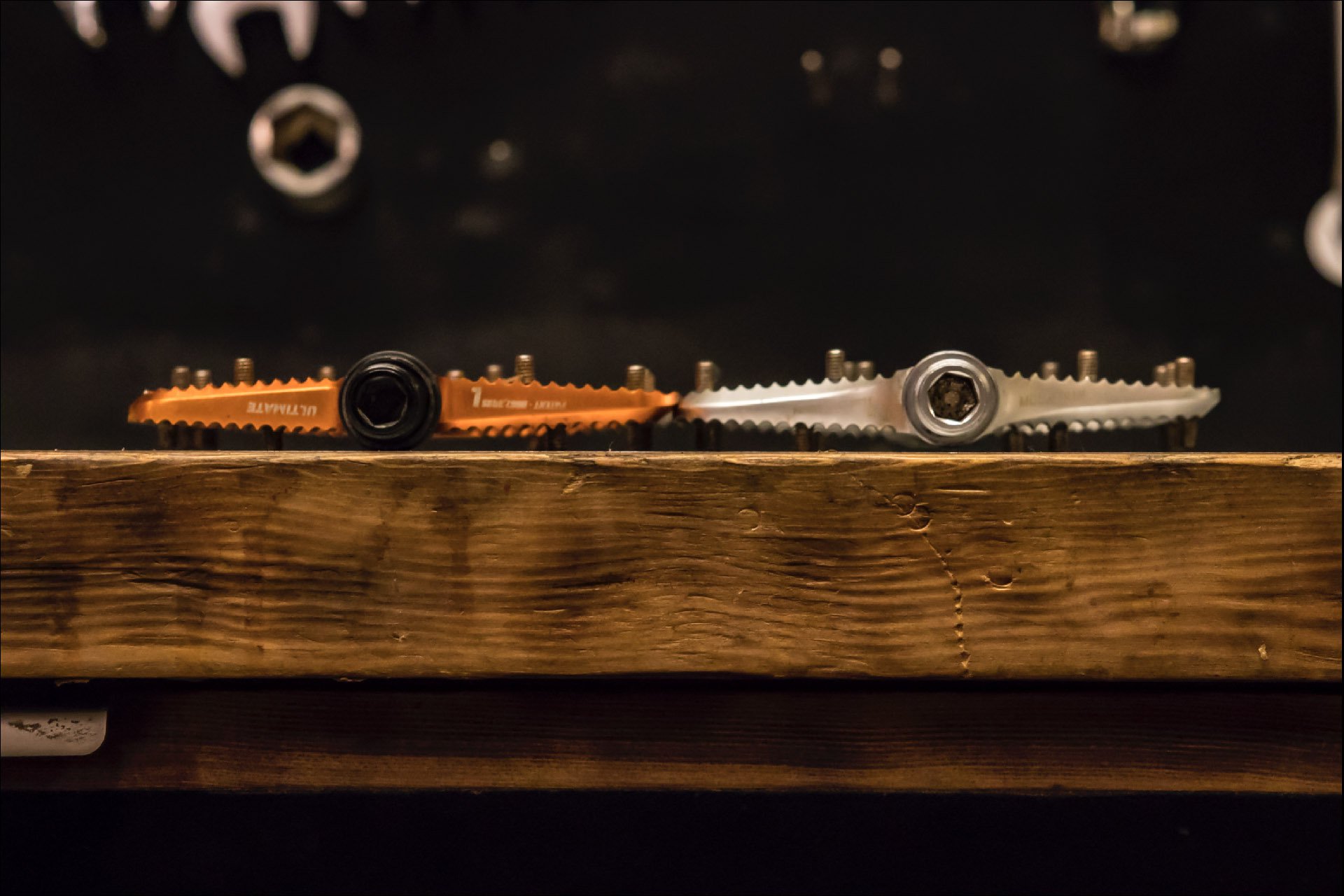
These two pedals are pretty close, but. think the nod goes to the Mountains for me because of the cartridge bearing internals and superior sealing.
On the trail I have really enjoyed both sets of pedals. Despite a small difference in platform size, and the larger max thickness of the Mountains, once I had pins of the same length in both pedals, I didn't have much preference in terms of grip and I didn't notice the slight size difference while riding. I did however notice the convex shape and the way it gripped when I wanted it to and released when I wanted to reposition (with the RD shoes and shorter pins for 5:10 and Specialized) as well. I always feel solidly connected to the bike and subtle inputs from my feet produce the desired result on the dirt.
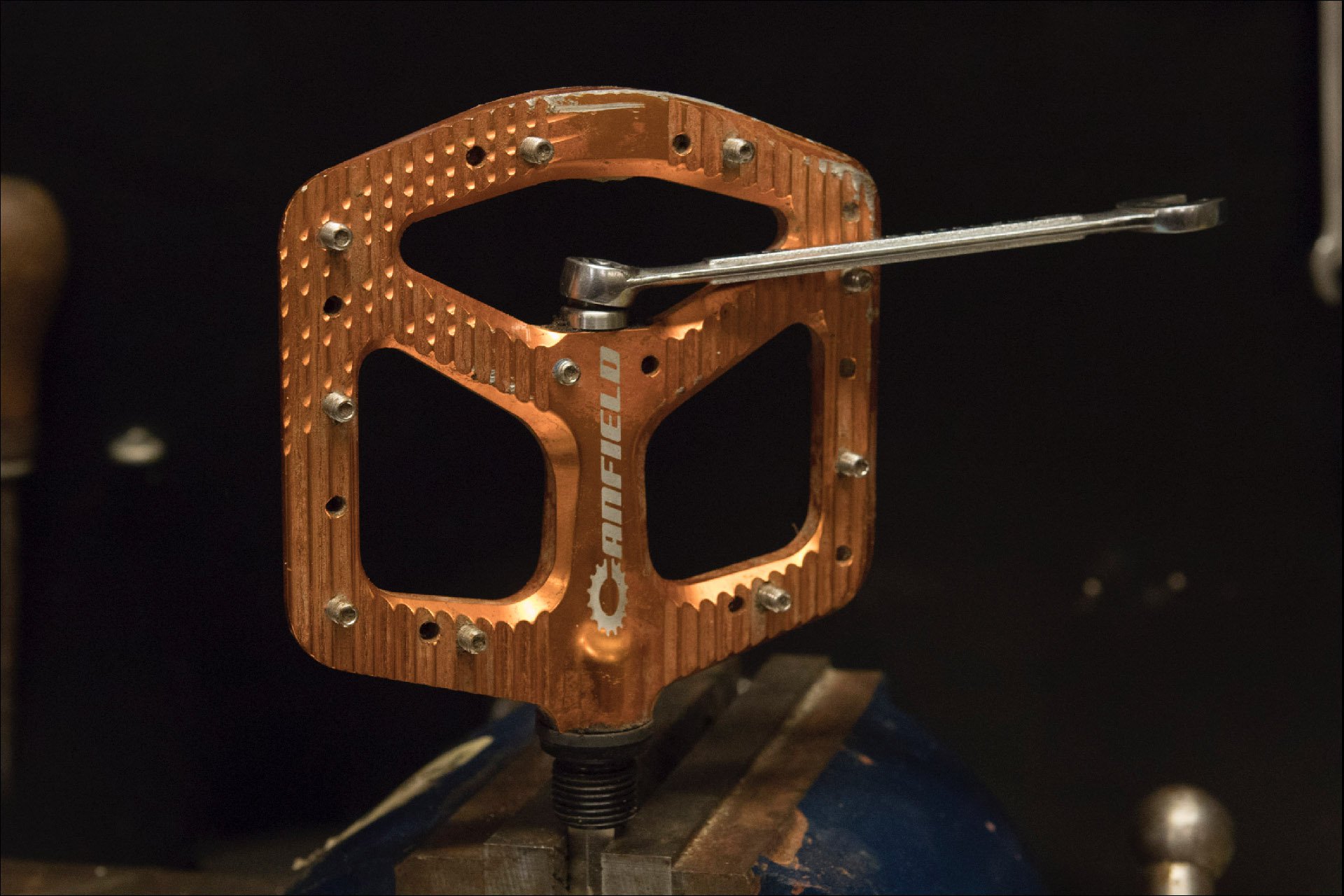
The Ultimates require an 8mm wrench or a small adjustable. And that is literally the hard part of the disassembly.
Breaking into both of the pedals is easy, as long as you have a thin-walled 8mm socket (which Canfield sells), often needed for Shimano pedals, for the Mountains. The Ultimates area a complete breeze however and you'll gain access with either an 8mm spanner or an adjustable wrench in no time at all. If you don't have a vice it might be easiest to leave the axles on the bike when you perform this task. Once the nyloc nuts are removed, you simply pull the pedal body off the axle and surgery can commence.
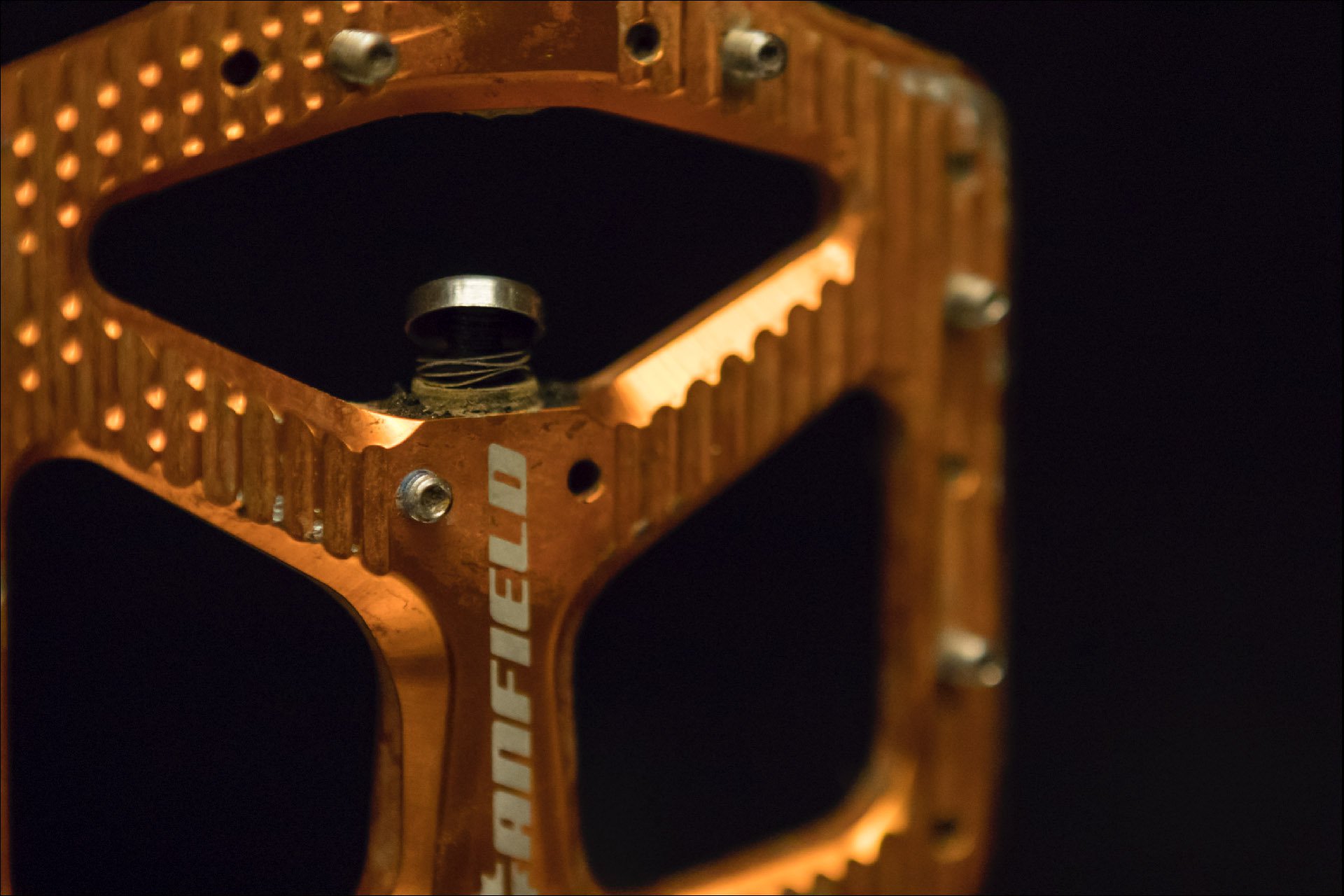
Under the nut you'll find a metal cap and a compression washer to keep things together. Sealing could be better for the Ultimates but they fared relatively well in the nasty conditions lately.
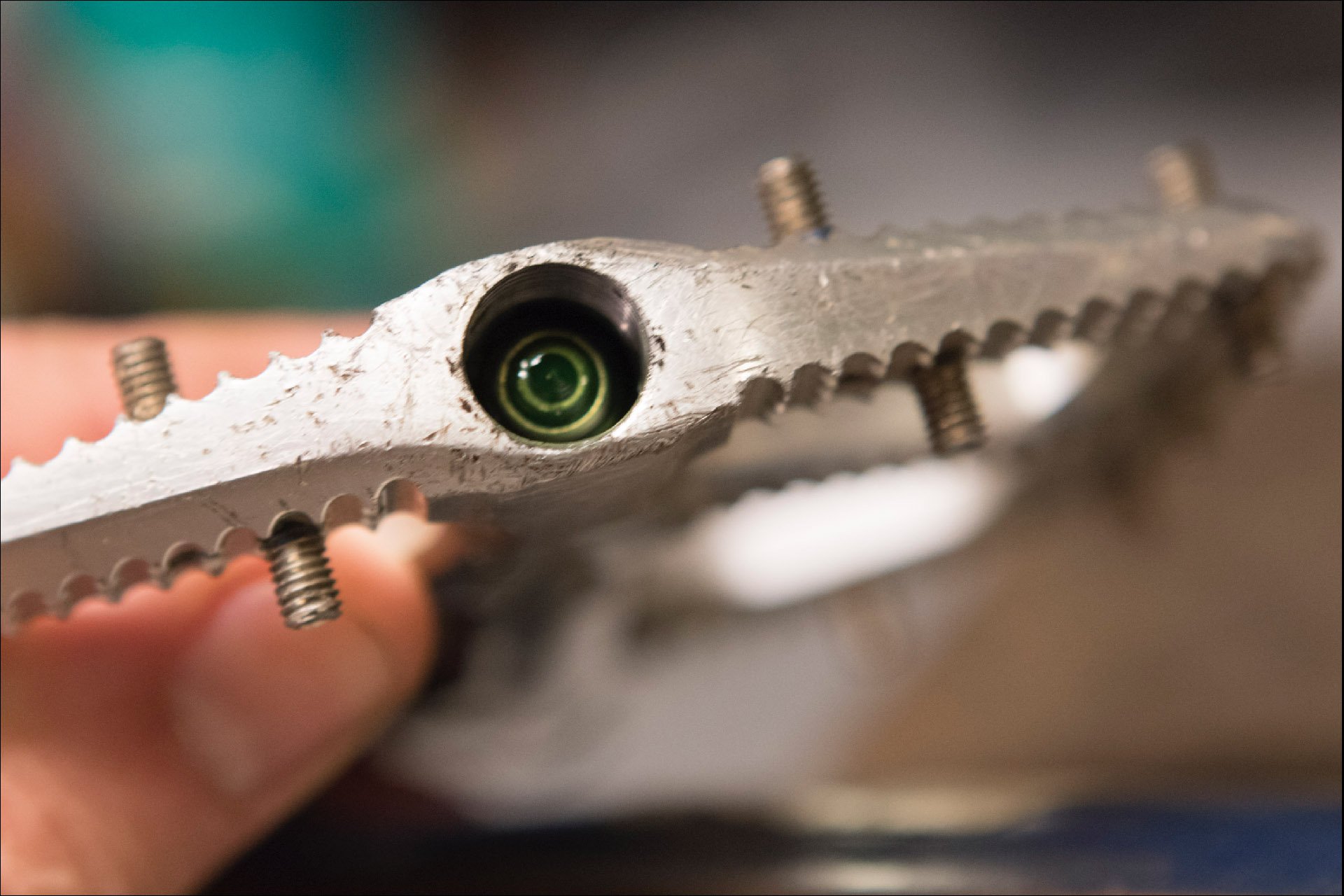
You'll need a thin-walled 8mm socket to get into the Mountains (thanks Jessica!) but otherwise servicing was a breeze. Once the outer dust cover was removed I was amazed by how clean the guts of the Crampon Mountains were.
From here the differences between the two pedals are readily apparent. I pulled open a mountain first and it was obviously clean on the inside and very little moisture had made it in, despite my efforts to breach the seals of every bearing whenever I clean a bike. The grease was still functional but further inspection revealed a small amount of moisture had made it in. Despite this evidence, the pedals were spinning smoothly and silently, thanks to three cartridge bearings outboard and a DU bushing closest to the crank.

There was more evidence of moisture inside the Ultimates and most of the lubrication had moved away from the bushings.
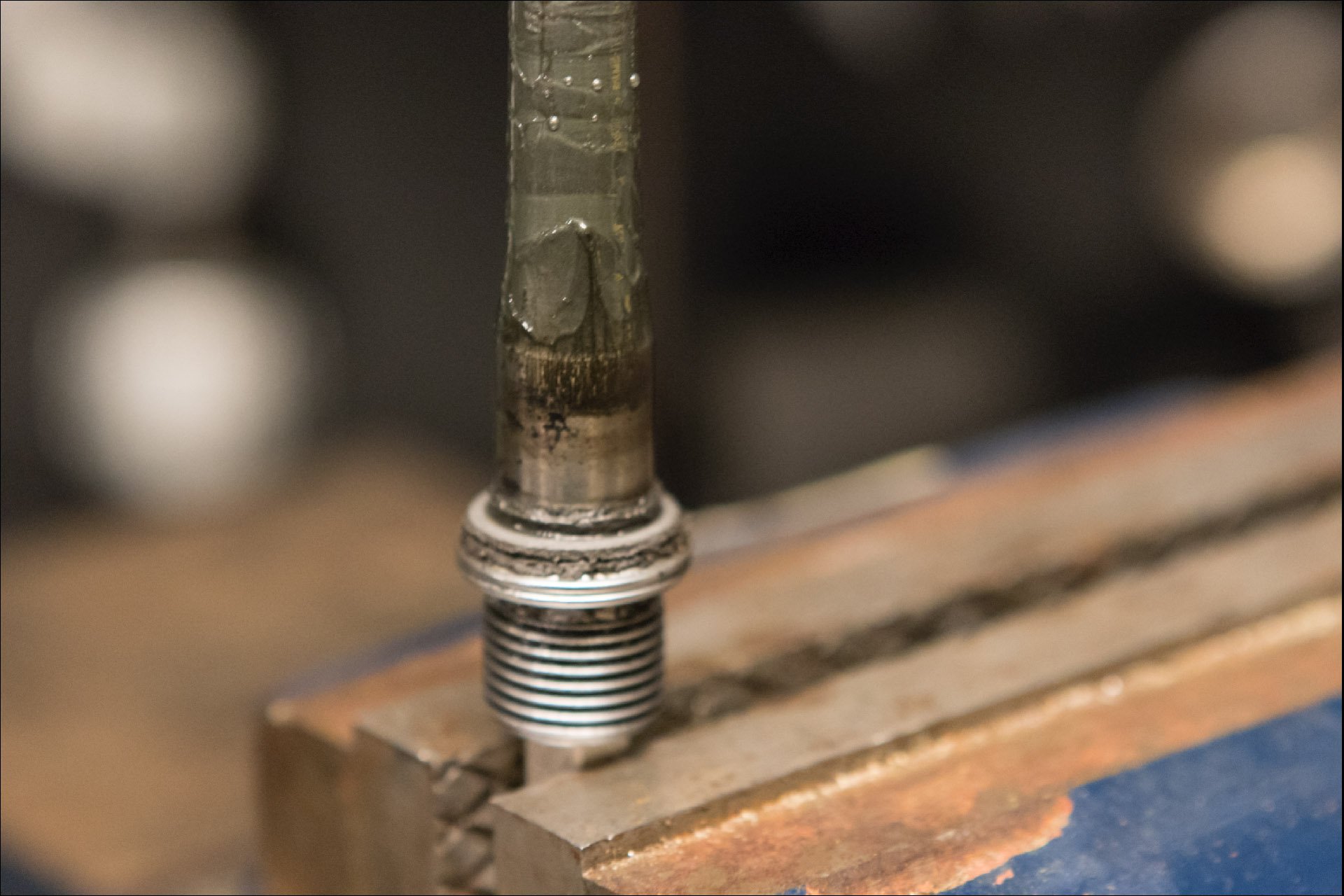
I was quite impressed by the sealing of the Crampon Mountains.
According to Lance, there are advantages to the Mountain pedals in terms of ease of maintenance, but the ultimates have advantage beyond lower weight; "Once the Teflon wears off the surface, you're onto that oil impregnated brass and once you're on that brass, they last forever, even dry, they run and run and run but they, they rattle, they'll get little bit of a rattle to them. And, and that's why you'd wanna put that dab of grease in there to shove it back together because it fills the entire void inside of the pedal body and makes it to where there's no open space inside for dirt to go to."
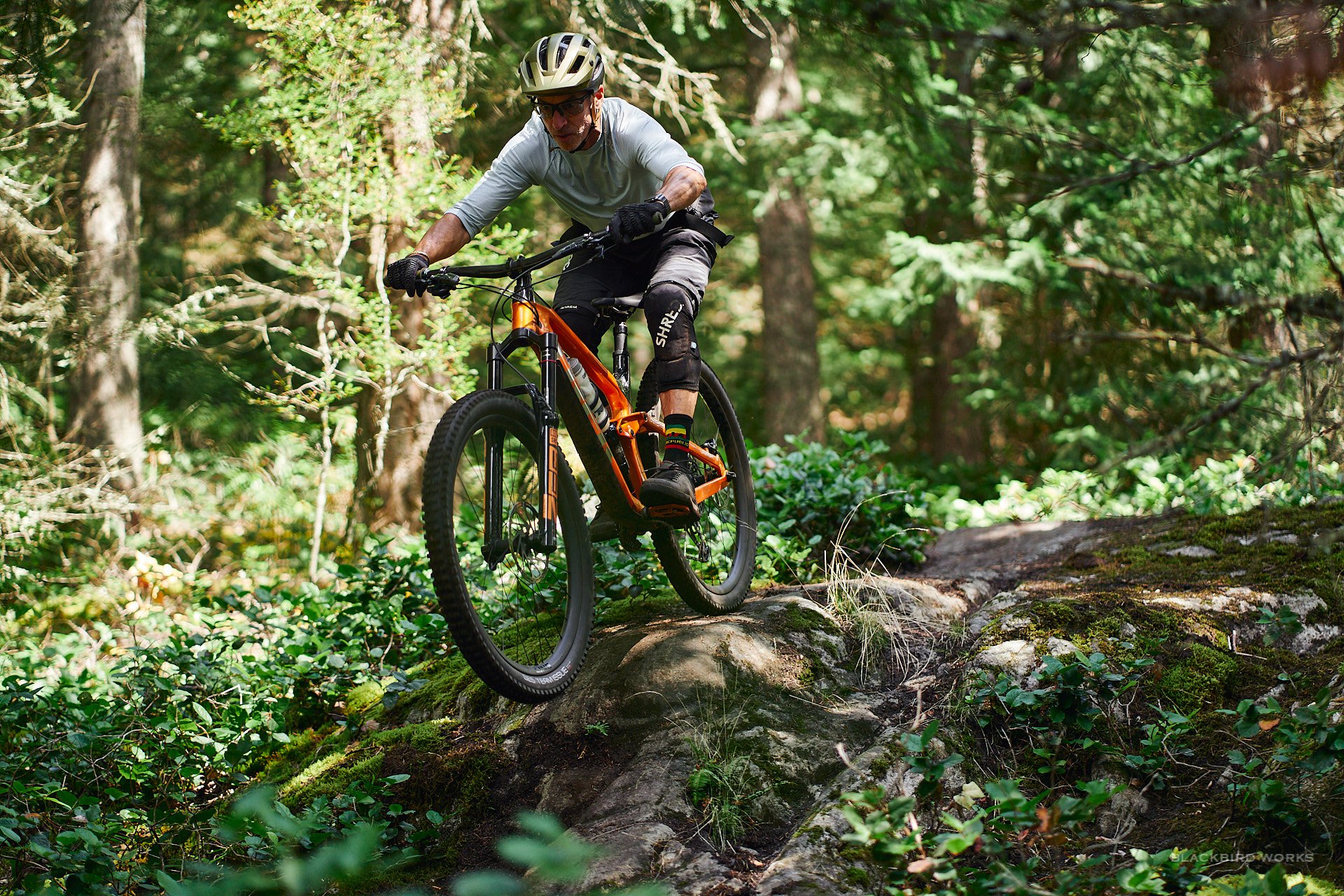
Must stay stuck. I went back to riding flat pedals last winter to deal with the snow but I had so much fun I haven't gone back to clipping in. Photo - Deniz Merdano
The Ultimates I've been using were close to dry but there wasn't any rattle yet. Before I lubed them, you could feel an absence of lube with your hand, but I couldn't feel it under foot. Once lubed they were nice and smooth. Lance recommended a service interval of 6 months but for a west coast winter I'd put it closer to every 4 if you ride a lot in the monsoons.
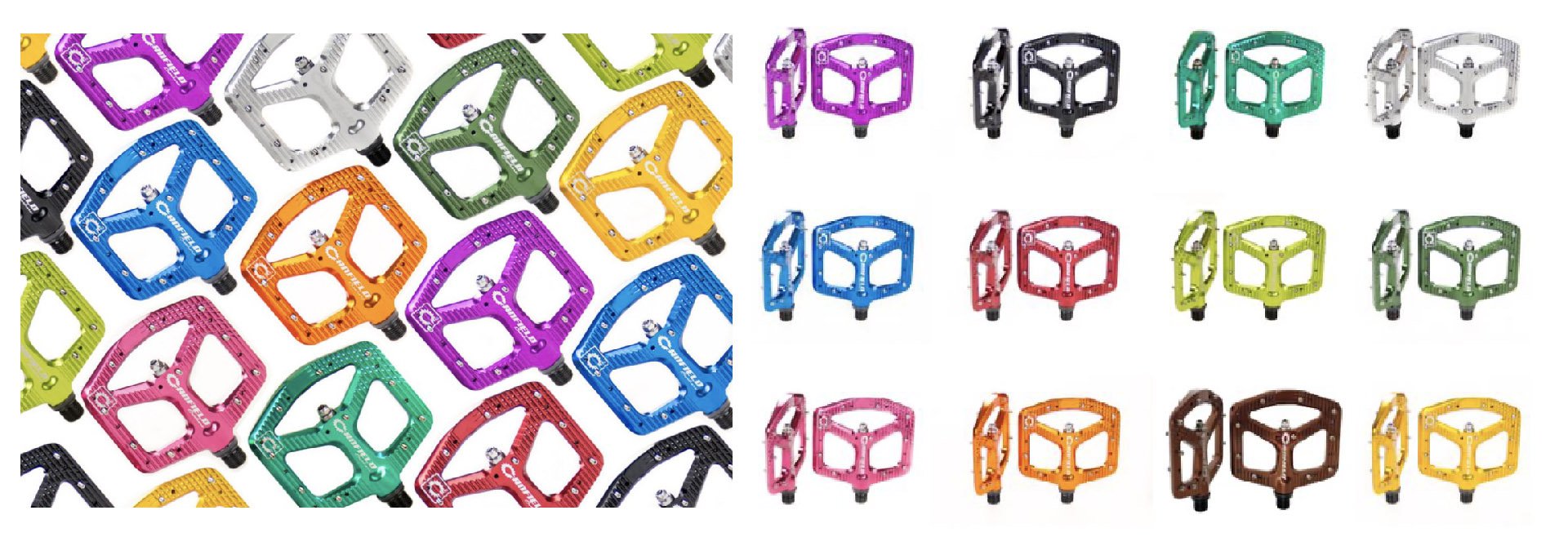
12 different anodizing choices for either set of pedals. Both models come in this array while the ridiculously light Crampon Mags (280g a pair!) are available in 5 different finishes.
If there's something about these pedals that's unworthy of my adoration, it has yet to reveal itself. They've proven t to be be tough, sticky, thin and easy to maintain. The Ultimates weigh only 344g per pair for gram counters and the Mountains (404g) are long wearing and low maintenance. If you are looking for something with a large platform and long sinister pins, you might want be inclined toward something like Chromag's shin destroying Daggas. Otherwise these might scratch your itch nicely.
You can pick these up online normally but right now only the Ultimates are in stock. The current hold up is at the anodizing firm but Lance assured me stock in the Mountains will be replenished shortly.
Check them out at CanfieldBikes.com
Height - 6'/183cm (mostly legs)
Weight - 170lbs/77kg
Inseam - 33"/84cm
Ape Index - 0.986
Age - 57
Trail I've been stoked on lately - Lower Digger
Bar Width - 760mm
Preferred Reach - 485-500mm (longer with 27.5 wheels than 29)
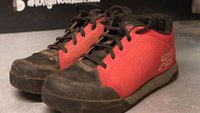
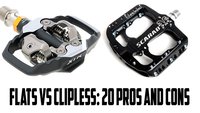

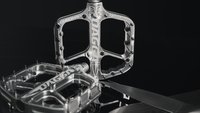
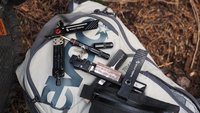

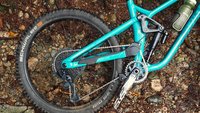
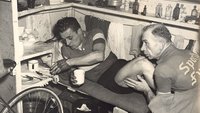
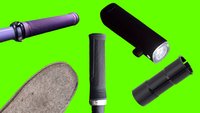

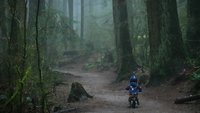
Comments
mats
3 years, 1 month ago
I had a pair of ultimates for a few years back in 2015 or so. I liked them a lot but had issues with the metal developing cracks over the spindles. The first time it happened, Canfield replaced the pedal, no questions asked. Then it happened again, both to the remaining original and to the replacement. On one of them, I could see the spindle through the pedal body! Most of my climbing is on logging roads, so I'm pretty sure it wasn't from pedal strikes. I liked them a lot while they lasted.
Reply
Rob Gretchen
3 years, 1 month ago
Good pedals as are the OneUp.... nothing can usurp the Chromag Daggas for pure grip and platform size.... too much grip for some.
Reply
Agleck7
3 years, 1 month ago
I’m running Daggas now for the width, but going to try the Deftraps to see how they compare. They feel equally as wide on the parking lot test
Reply
Jason West
3 years, 1 month ago
Crampons vs Vaults...
Reply
Kyle Doherty
3 years, 1 month ago
I just don’t get the concave pedal paradigm. I tried vaults with my impact pros and my feet were just flying off where they were locked on with oneups, a supposedly convex pedal. Maybe less stiff shoes conform to concave pedals better?
Reply
Andy Eunson
3 years, 1 month ago
I think it has to do with foot placement on the pedal. A convex pedal probably works better with softer shoes placed with the arch over the pedal spindle. But if a person likes the foot placed more rearward with the pedal spindle between the arch and ball of the foot, concave is better.
Reply
Cam McRae
3 years, 1 month ago
That position is great for climbing, but for aggressive descending a more forward foot position is essential on a flat pedal IMHO.
Reply
Jenkins5
3 years, 1 month ago
Funny I feel the exact opposite. Had some OneUp's for a while but the convex just didn't work for me. It was OK, but concave locks my foot in way more and I too have stiff Impact Pro's. Different strokes for different folks I guess!
Reply
hankthespacecowboy
3 years, 1 month ago
I would put the Pedaling Dynamics Catalyst pedal up against the Dagga for grip and size. Been running the Catalyst pedals for 5 years in Western Colorado. Grip is amazing, and no durability issues either.
Reply
Agleck7
3 years, 1 month ago
They’re much narrower than the Daggas. Too narrow in my experience
Reply
DanL
3 years, 1 month ago
How do the WahWahs feel in contrast?
Reply
Cam McRae
3 years, 1 month ago
I've been enjoying the WahWahs a lot, on the tougher test platform of the hardtail. I normally prefer a smaller platform but in this case I'm quite happy with the size. Grip is solid without being excessive and I find my foot in the wrong position less often than pedals with angrier bite, like Canfields with long pins.
Reply
Sean Chee
3 years, 1 month ago
Vaults are my jam but I've just ordered some plastic flats to see what the fuss is about.
Reply
DadStillRides
3 years, 1 month ago
Vaults were my fav, but kept breaking them. Have yet to try these, the convex thing didn't make sense to me, so it was nice to get the explanation here
Reply
TX_CLG
3 years, 1 month ago
Stock up on rebuild kits if you get the pedals. I had to wait for months and months to get them (finally found some from a forum member). That thin wall 8mm on the mountain pedal is also a pain to get ahold of, so order it with your pedals if you do.
I've loved the Crampons I've run, but the not waiting for parts when I didn't have spares.
Reply
Cam McRae
3 years, 1 month ago
Canfield does sell the thin-walled 8mm socket. Good point.
Reply
Mishtar
2 years, 8 months ago
Just curious if you can explain why the softer rubber needed taller pins. I would have thought it was the opposite.
Reply
Please log in to leave a comment.